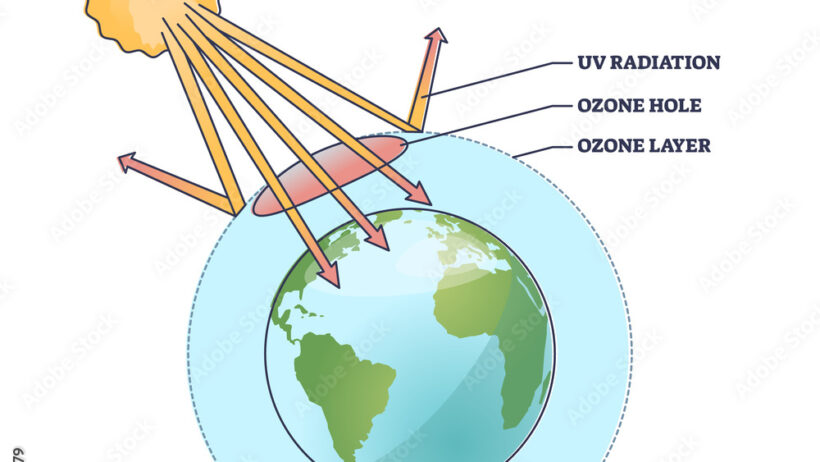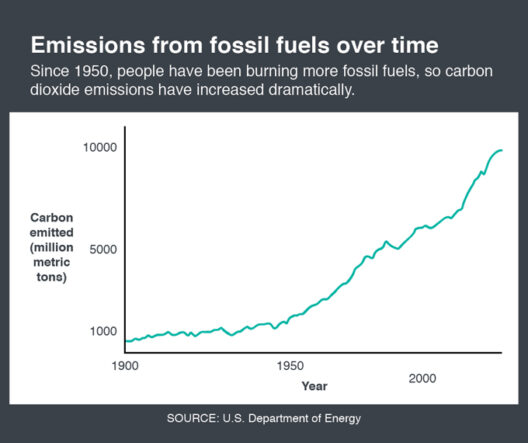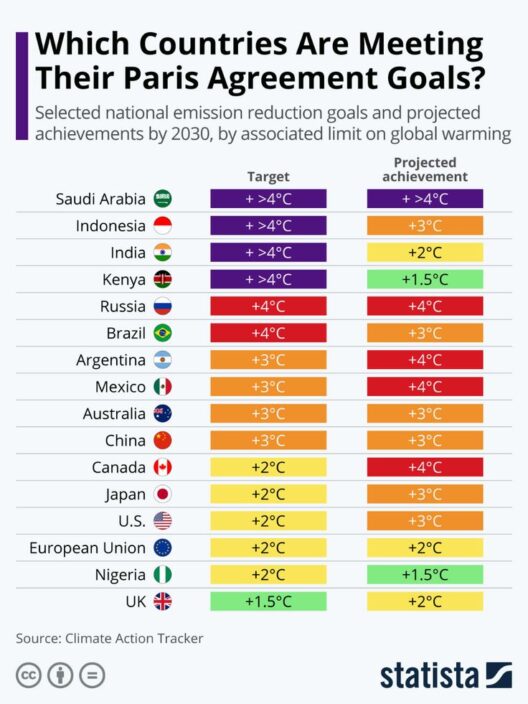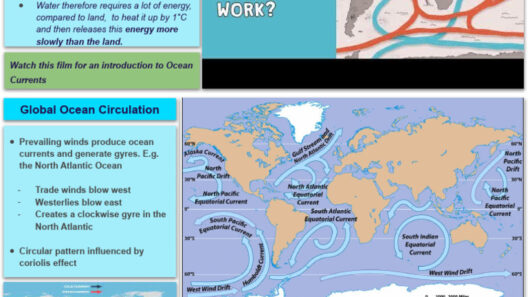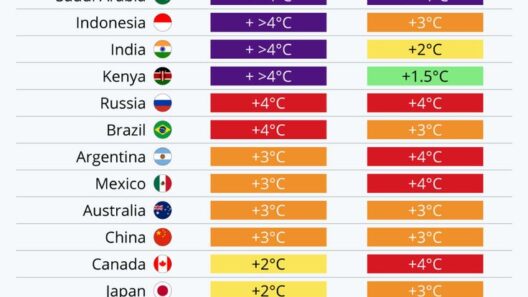The Earth’s atmosphere is akin to a finely woven tapestry, each thread playing an integral role in maintaining the delicate balance of our climate. Among these threads, the ozone layer stands out like a protective shield, filtering harmful ultraviolet (UV) radiation from the sun. Over the past few decades, however, this layer has experienced significant thinning, a phenomenon known as ozone depletion. As we peel back the layers of this intricate tapestry, the question emerges: does ozone depletion play a significant role in climate change? To explore this topic, we must delve into the atmospheric connection between these two environmental crises.
The ozone layer predominantly resides in the stratosphere, where it absorbs about 98% of the sun’s harmful UV radiation. This natural filter is essential for sustaining life on Earth. When the layer is compromised, UV radiation penetrates deeper into the atmosphere, which catalyzes a chain reaction with dire consequences. It is essential to understand that the ozone layer and the greenhouse gases that contribute to climate change exist in a complex, interlinked relationship. Both are crucial to the planet’s ability to radiate heat, maintain temperatures, and ultimately preserve life.
To comprehend this connection, one must consider the role of greenhouse gases, such as carbon dioxide (CO2) and methane (CH4), which trap heat in the atmosphere. This phenomenon produces the greenhouse effect, which warms our planet and contributes to climate change. The introduction of these gases into the atmosphere has been largely attributed to human activities, particularly since the Industrial Revolution. Amidst this backdrop, the thinning of the ozone layer adds another layer of complexity to the already intricate narrative of climate change.
At first glance, one might be tempted to disconnect ozone depletion from the broader context of climate change. However, the antagonistic dance between ozone depletion and climate change reveals its intricate connections. For example, as the ozone layer diminishes, temperatures in the stratosphere can actually drop. This may seem counterintuitive; however, when the protective shield is compromised, increased levels of UV radiation affect atmospheric circulation patterns and thermal structures.
Recent scientific studies reveal a dichotomy in the interactions between ozone depletion and temperature fluctuations. In the polar regions, the depletion of ozone has led to cooler stratospheric temperatures, which ironically contribute to an increase in ground-level warming. The cooler stratosphere can lead to the strengthening of the polar vortex—a phenomenon that traps cold air in the Arctic and causes it to plunge downwards, resulting in extreme weather events in lower latitudes. Such interactions illustrate the precarious balance within the atmospheric system and its potential consequences for climate stability.
Moreover, the depletion of ozone is not merely a standalone ecological crisis; it acts in concert with rising greenhouse gas emissions. As humans increase CO2 levels through fossil fuel consumption, the energy distributed within the atmosphere becomes imbalanced. In turn, this imbalance influences not only surface temperatures but also how inextricably intertwined the warming troposphere is with the cooling stratosphere—both of which impact the global climate. This interaction exemplifies the concept of coupled systems within atmospheric science, wherein one disturbance propagates through linked layers, triggering cascades of further disturbances.
Another crucial aspect to consider is the direct impact of ozone depletion on weather systems and climate regulation. The ozone layer’s health stabilizes atmospheric circulations and influences precipitation patterns. A weakened stratospheric layer disrupts these systems, resulting in unpredictable and extreme weather events. Changes in the jet streams, for instance, are symptomatic of these disruptions and can lead to anomalous heatwaves, droughts, and flooding events. Essentially, a fragile ozone layer invites volatility into an already stressed climate system.
As the narrative unfolds, it becomes increasingly clear: ozone depletion and climate change do not exist in isolation. The dialogue between the two creates a feedback loop that exacerbates the plight of our environment. Decisions made to address one aspect must consider the reverberations across the entire ecological and atmospheric scope. For instance, policies aimed at phasing out hydrochlorofluorocarbons (HCFCs)—substances notorious for their role in ozone depletion—must also be aligned with climate mitigation strategies. By taking an integrative approach, the global community can work towards healing the ozone layer while simultaneously addressing climate change.
Furthermore, one cannot overlook the intrinsic value of public awareness and action. Advocacy for ozone protection, such as adherence to international agreements like the Montreal Protocol, serves as an emblem of how collective action can lead to significant environmental restoration. The successful reduction of ozone-depleting substances has bestowed upon humanity a rare opportunity—the potential for recovery of the ozone layer. Simultaneously, the atmospheric consequences must be addressed, showcasing the capacity for positive change when we prioritize environmental stewardship.
As we navigate the complexities of the environmental tableau, the interconnectedness of ozone depletion and climate change becomes apparent. Like strands of a finely knitted garment, each element influences the other, with repercussions echoing through our atmosphere. Recognizing this relationship is a pivotal step toward formulating effective strategies that address the planetary crises we face. Thus, we are called to act with urgency and purpose—repairing the ozone layer while combatting climate change—and ultimately nurturing the intricate tapestry that sustains life on our planet. In the words of climate scientists, our future is literally “on the line,” admonishing us to prioritize and protect this fragile shield that envelops our world.



